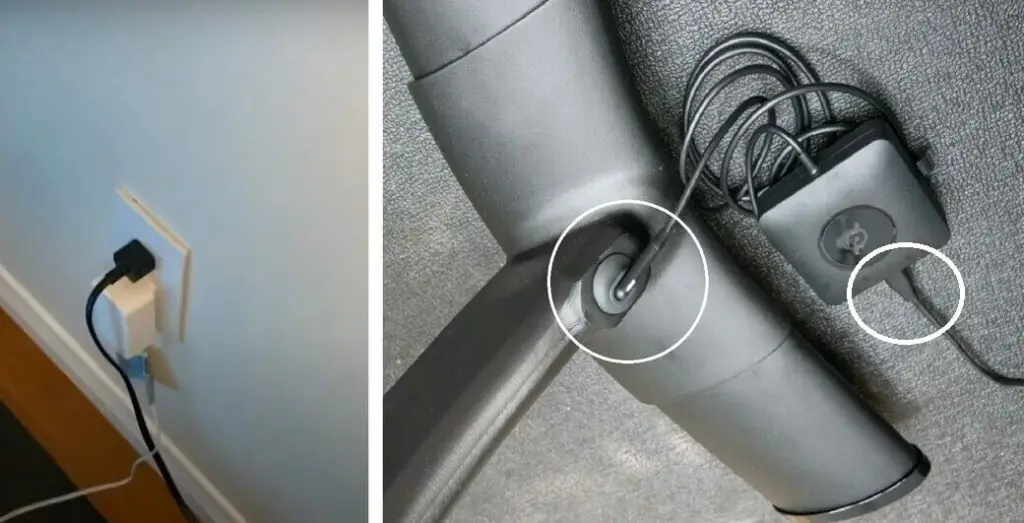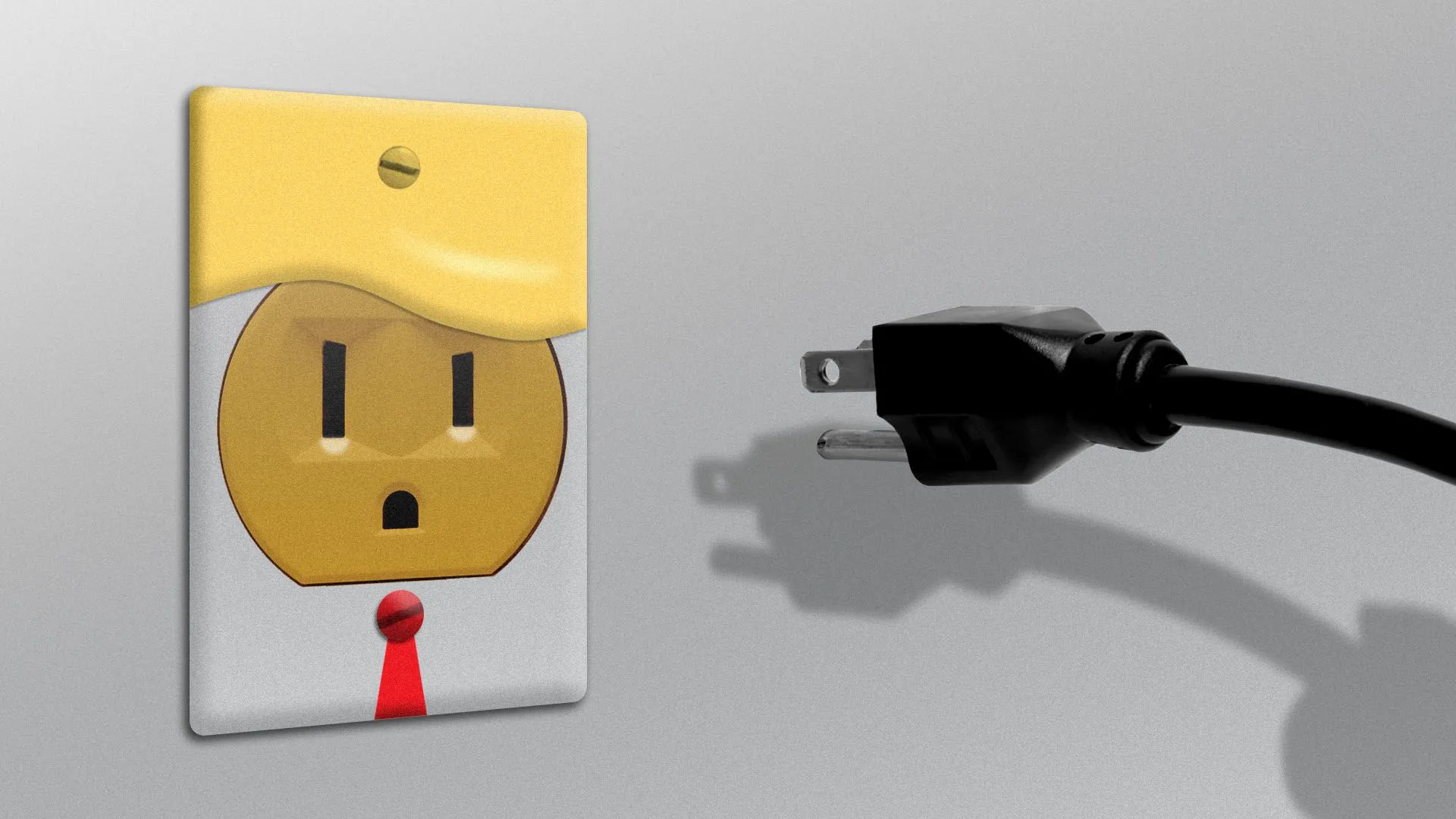Peloton has become a household name for fitness enthusiasts who enjoy working out in the comfort of their homes. This high-tech exercise bike has gained immense popularity due to its interactive features, live classes, and personalized training options.
However, with the increasing use of Peloton, many people are wondering if they should unplug their bikes when not in use. This may seem like a small concern, but it can have a significant impact on the longevity of your bike’s battery and other components.
In this blog post, we will explore the reasons why you should consider unplugging your Peloton when not in use and the potential benefits of doing so.
I’ve already made an article about How To Clean Your Peloton Screen? which I recommend you to read.
What are the concerns about whether or not to unplug the Peloton when not in use?
As Peloton has become an increasingly popular option for at-home fitness, many users have raised concerns about whether or not they should unplug their bikes when not in use.

Some people believe that leaving the Peloton plugged in all the time can result in a shortened battery life, electrical hazards, and unnecessary energy consumption.
On the other hand, others argue that constantly unplugging the bike can be a time-consuming process and may not be worth the effort. In this context, it’s important to consider the reasons for and against unplugging your Peloton, as well as alternative approaches that may be more convenient or efficient.
Ultimately, the decision to unplug your Peloton should depend on your individual circumstances and priorities.
What are the Reasons to unplug your Peloton?
There are several reasons why you may want to consider unplugging your Peloton when it’s not in use:
1. Battery life preservation: Leaving your Peloton plugged in all the time can result in shorter battery life. If you unplug the bike when you’re finished using it, you may extend the life of the battery.
2. Electrical safety: Unplugging your Peloton can help reduce the risk of electrical hazards, such as fires or electrical shocks. If there is a power surge or other electrical problem, unplugging the bike can protect it from damage and keep you safe.
3. Energy conservation: Unplugging your Peloton can help reduce unnecessary energy consumption, which can save you money on your energy bills and reduce your carbon footprint.
Overall, there are compelling reasons to consider unplugging your Peloton when it’s not in use. By doing so, you can help extend the life of your bike’s battery, reduce the risk of electrical hazards, and conserve energy.
What are the benefits of unplugging your Peloton?
There are several benefits to unplugging your Peloton when it’s not in use:
Longer battery life
Unplugging your Peloton can help extend the life of its battery. Over time, leaving the bike plugged in can result in a shorter battery life, which can be costly to replace.
Reduced risk of electrical hazards
Unplugging your Peloton can reduce the risk of electrical hazards, such as fires or electrical shocks. If there is a power surge or other electrical problem, unplugging the bike can protect it from damage and keep you safe.
Reduced energy consumption
Unplugging your Peloton can help reduce unnecessary energy consumption, which can save you money on your energy bills and reduce your carbon footprint. By unplugging the bike, you’re avoiding the “vampire power” that occurs when electronics continue to draw power even when they’re not in use.
Potential drawbacks of unplugging your Peloton

While there are many benefits to unplugging your Peloton when not in use, there are also some potential drawbacks to consider:
1. Time-consuming process: Unplugging your Peloton every time you’re finished using it can be time-consuming, especially if you use it frequently. It may not be convenient to unplug the bike every time, particularly if it’s located in a hard-to-reach area.
2. The inconvenience of constantly plugging and unplugging: Constantly plugging and unplugging your Peloton can be inconvenient, particularly if you use it multiple times a day. Having to reach behind the bike and unplug it every time can be a hassle, and it may not be worth the effort for some users.
The potential drawbacks of unplugging your Peloton are relatively minor compared to the potential benefits. However, the decision to unplug your Peloton should depend on your individual circumstances and priorities.
If you use your bike frequently and find it inconvenient to unplug it every time, there are alternative approaches that may be more convenient, such as using a power strip with a switch or scheduling automatic shutdowns.
Conclusion
In conclusion, whether or not to unplug your Peloton when it’s not in use is a personal decision that should be based on your individual circumstances and priorities. While there are compelling reasons to unplug the bike, such as preserving battery life, reducing the risk of electrical hazards, and conserving energy.
There are also potential drawbacks to consider, such as the time-consuming process of constantly plugging and unplugging the bike.
If you decide to unplug your Peloton, there are alternative approaches that can make the process more convenient, such as using a power strip with a switch or scheduling automatic shutdowns.
Ultimately, the most important thing is to make sure you’re taking steps to protect your bike, minimize risk, and conserve energy, while also considering your own needs and preferences.
Thanks For Visiting!
Related Articles:
